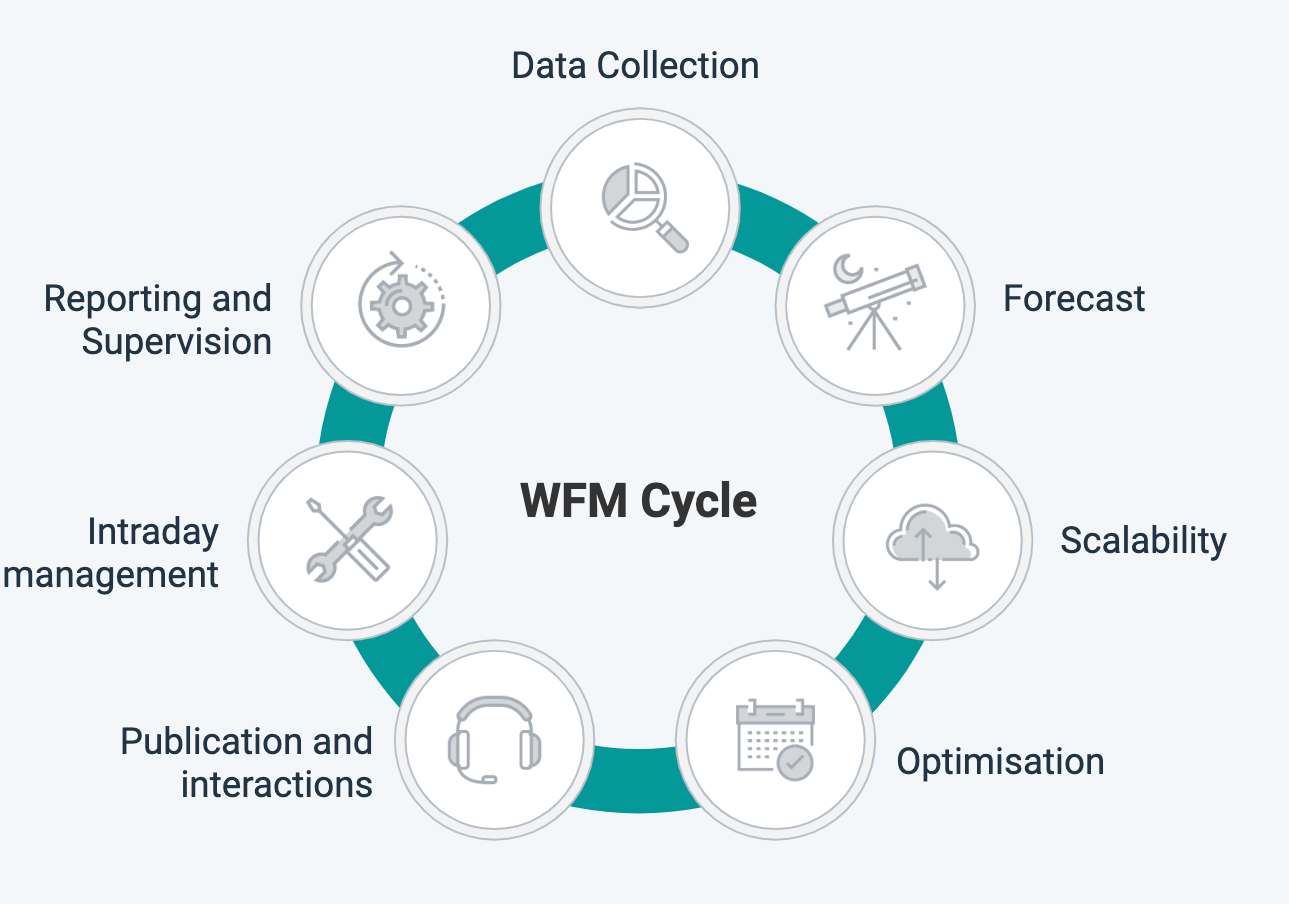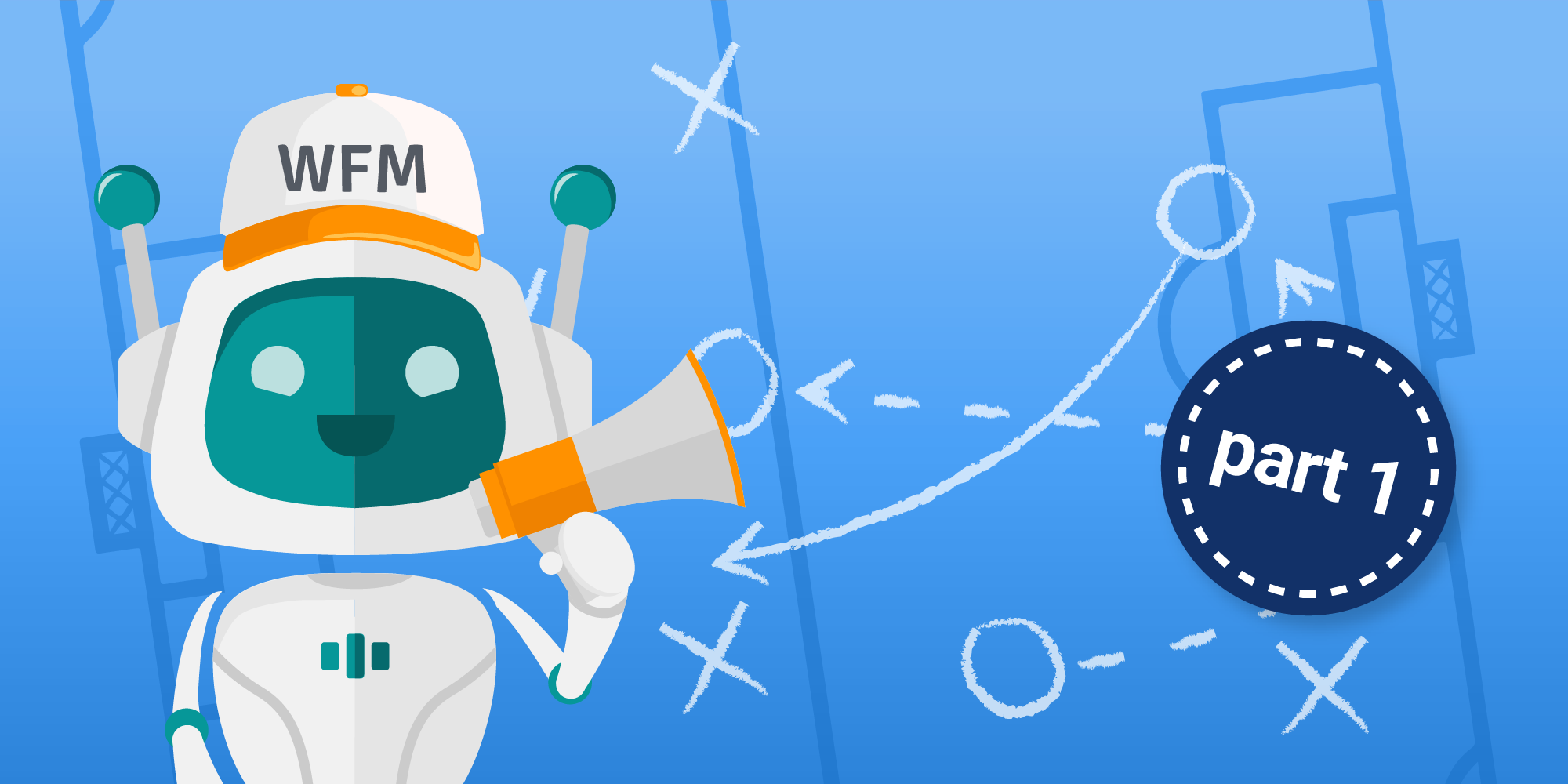Service level (SL) is an important key performance indicator (KPI) in nearly every contact center. It is a measure of the percentage of calls or other contacts that are answered within a target time-frame and it has a huge impact on the customer experience. Consistently achieving your SL goals positively affects your company's reputation and the overall bottom line of your business. When you constantly measure, monitor, and optimize it, you will be on the way to delighting your customers.
Setting and achieving service level targets requires you to execute and maintain an efficient staffing strategy that will also maximize productivity and reducing cost.
Knowing how to calculate, report on, and interpret service level is indispensable for any contact center professional. But that’s just the start. Achieving service level targets effectively depends on your understanding of what drives service level. Furthermore, you can optimize this KPI, like any other in your contact center, by learning about the strategies and tactics that have a positive impact on it.
In this first article, we present the first 2 out of 5 proven ways to help you to improve service level in your contact center.
1. Optimize your workforce management process

Successful workforce management (WFM) is vital to consistently achieving service level in your contact center. It involves forecasting, scheduling, real-time or intraday management as well as reporting. WFM ensures you have the right people with the right skills at the right time and place to consistently deliver the best possible service.
A streamlined workforce management process has a fundamental impact on core KPIs and the overall bottom line of your contact center. It helps you increase operational efficiency by maximizing productivity while reducing cost and allowing for optimal staffing. The latter is key to ensuring you’re able to hit service level targets.
Understaffing leads to longer waiting times and a decline in service level. Overstaffing results in an increase in service level, but at an unnecessary cost.
To optimize your WFM process, consider the following approaches:
- Identify efficiency gaps in your internal process (e.g. staffing levels, break optimization, intraday adjustments, etc)
- Develop a workforce management strategy or rework your existing strategy to focus on goals that aligns with your call center objectives
- Have a person or team in place dedicated to workforce management exclusively
- Evaluate your current tools (Excel, WFM software, etc) and consider new technologies to help you execute your strategy
Levelling up your workforce management performance isn't easy. The good news is that there are technology solutions out there to support you. Spreadsheets (e.g. Excel) are a good starting point, but they fall short on covering the entire workforce management process. WFM technology enables you to automate and optimize all the steps in the process of improving your service level.
>> Check out this post on 10 WFM technology features you need to improve service level
2. Improve your forecast accuracy
Forecasting is the cornerstone of workforce management. If your forecast isn't accurate, you will struggle to achieve your service level goals. Forecasting involves projecting future demand based on historical data such as call (contact) volumes and average handling time (AHT).
An accurate forecast depends on your ability:
- To identify patterns in your historical data
- To consider upcoming events such as marketing campaigns/promotions
- To account for holidays and seasonal fluctuations
However, forecasting is both art and science. Even experienced analysts and planners struggle with forecast accuracy.
Here are some approaches to improve your forecast accuracy:
- Get the data right ("Garbage in, garbage out")
- Factor in your business intelligence
- Learn from past mistakes
- Understand the drivers of demand
- Use the right tools
Forecasting software can make your life easier. Machine learning workforce management empowers planners to generate super-accurate forecasts that take into account seasonal, monthly, weekly, and daily - with almost no effort.
Given a solid integration with your ACD that fuels your forecast with data in real-time, you’re in the driver’s seat to boost forecast accuracy even for multi-channel environments. Eventually, you can create better schedules by effectively matching demand with supply to ensure you hit SL targets consistently.
Learn about 3 more tactics to improve contact center service level in this article.
Did you find the article interesting and would like to share it with your colleagues? Download the article as a PDF.





